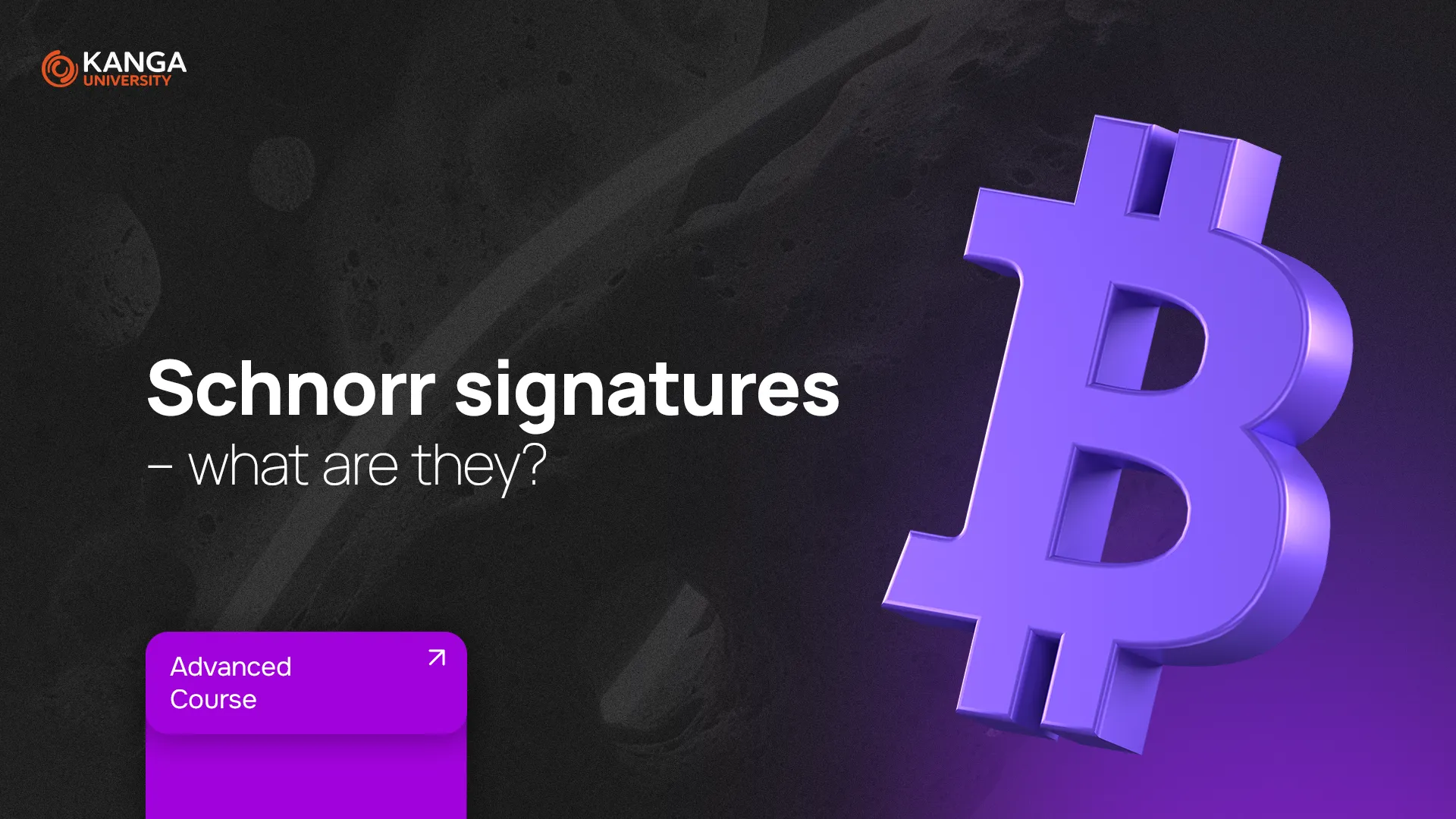
Bitcoin is built on security, transparency, and decentralization. But for it to grow and stay relevant, it has to evolve. One of the most important recent upgrades that helped it do just that? The introduction of Schnorr signatures.
They’re not flashy. You won’t notice them unless you know where to look. But these cryptographic tools are improving privacy, reducing transaction costs, and boosting Bitcoin’s scalability — all behind the scenes.
Let’s break down what that means and why you should care.
What Are Digital Signatures and Why Do They Matter?
Every Bitcoin transaction has to be authorized. That’s done using a digital signature, which proves that you’re the legitimate owner of the funds you’re trying to move — kind of like signing a check or contract, but cryptographically.
Bitcoin originally used a method called ECDSA (Elliptic Curve Digital Signature Algorithm). It was fast, secure, and got the job done. But it had limitations — especially when it came to things like multi-signature wallets or smart contract efficiency.
Who Was Schnorr and What Did He Invent?
In 1991, German mathematician Claus-Peter Schnorr introduced a new way of creating digital signatures. His method was:
-
simpler,
-
more efficient,
-
and offered new mathematical possibilities.
But it was under patent protection until 2008 — the same year Bitcoin’s whitepaper was released.
That’s likely why Satoshi Nakamoto, the mysterious creator of Bitcoin, chose ECDSA instead. Schnorr just wasn’t freely available yet.
So What Makes Schnorr Signatures Special?
-
Linearity: Multiple signatures can be combined into a single, compact one. This is huge for multi-signature wallets and batch transactions.
-
Privacy: It’s hard to tell the difference between a regular transaction and a multi-sig one. That means more confidentiality on the blockchain.
-
Security: Schnorr signatures are based on well-understood cryptography that’s resilient and transparent.
-
Space-saving: Smaller data sizes mean lower fees and faster transaction verification.
-
Speed: Verifying Schnorr signatures is quicker, helping with network performance.
Multisig, Reimagined
Before Schnorr, multi-signature transactions were bulky and expensive — each party’s signature had to be included separately. With Schnorr, they can all be aggregated into one neat, efficient signature.
This is a game-changer for:
-
corporate wallets,
-
DAOs (decentralized autonomous organizations),
-
advanced security setups using multiple keys.
Schnorr + Taproot = A Powerful Combo
Schnorr signatures were rolled out as part of Taproot, a major Bitcoin upgrade activated in 2021. Taproot (defined in BIP-341) brought several improvements to Bitcoin, and Schnorr was at the heart of it.
Here’s what Taproot introduced:
-
MAST (Merkelized Abstract Syntax Trees): This allows you to reveal only the part of a smart contract that was actually used, improving privacy and saving space.
-
New Address Format: More efficient, more private, and fully compatible with SegWit.
Together, Schnorr and Taproot made transactions:
-
cheaper,
-
harder to trace,
-
more powerful — without compromising Bitcoin’s security model.
Do Schnorr Signatures Replace ECDSA?
No — both signature types now coexist. Schnorr doesn’t overwrite Bitcoin’s infrastructure. It simply adds a better alternative for those who want to use it.
How Do Schnorr-Based Multisigs Work?
Digital signatures prove that a transaction was approved by someone who controls the right private key. In most cases, that’s just one person.
But in a multi-signature setup, several users may need to sign off on a transaction. Schnorr’s structure makes this process cleaner and faster:
-
Only one combined signature is stored on-chain,
-
It takes up just 64 bytes,
-
And it’s easier to verify than traditional multi-sigs.
Summary
For Bitcoin to achieve mass adoption, it needs to be not only secure — but also efficient, private, and future-ready. Schnorr signatures are a step in that direction.
They:
-
improve privacy,
-
lower fees,
-
boost performance,
-
and support more complex transaction types — especially for institutions and developers.
If you’re learning about Bitcoin now, Schnorr is one of those “under-the-hood” changes you’ll want to keep your eye on. It’s not flashy — but it’s fundamental to Bitcoin’s next chapter.
Find your favorite cryptocurrencies on Kanga Exchange